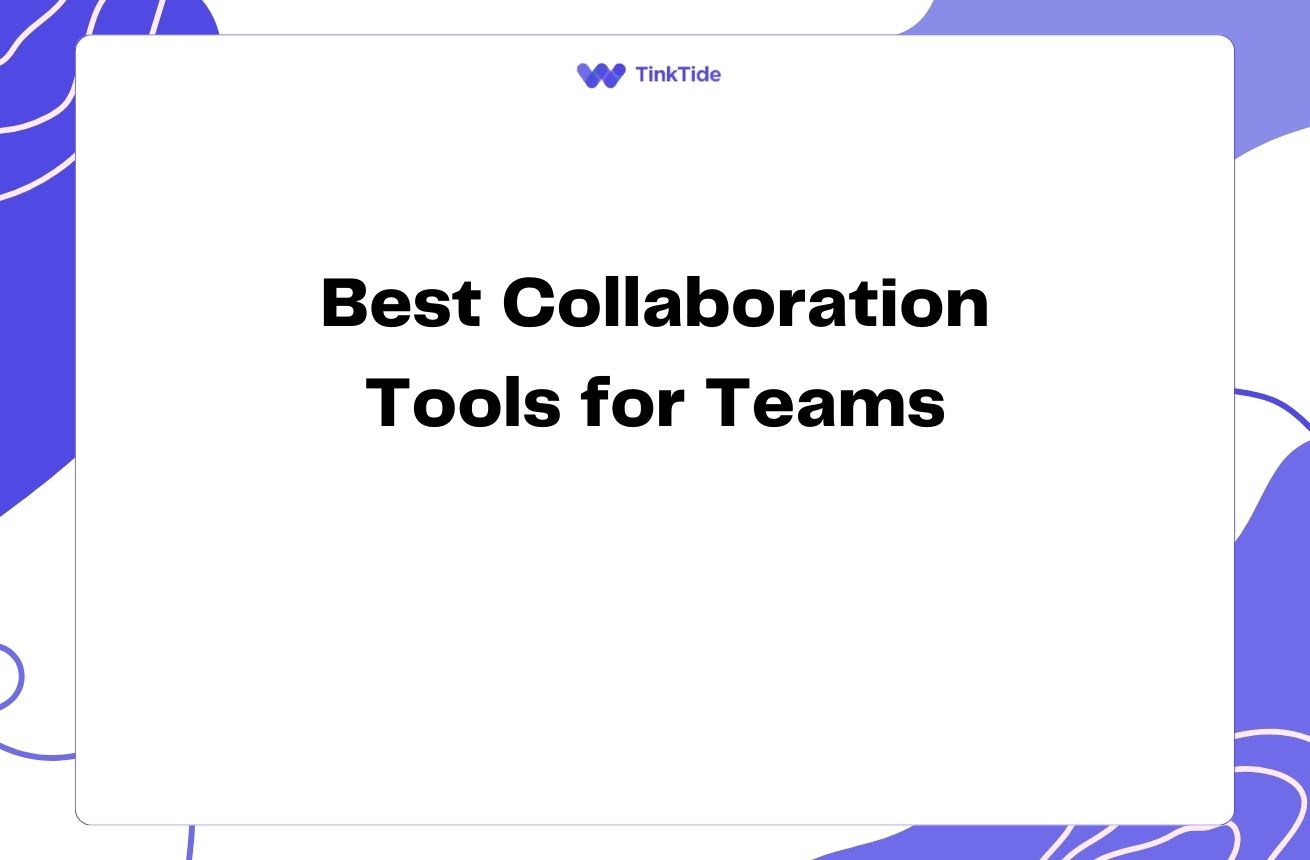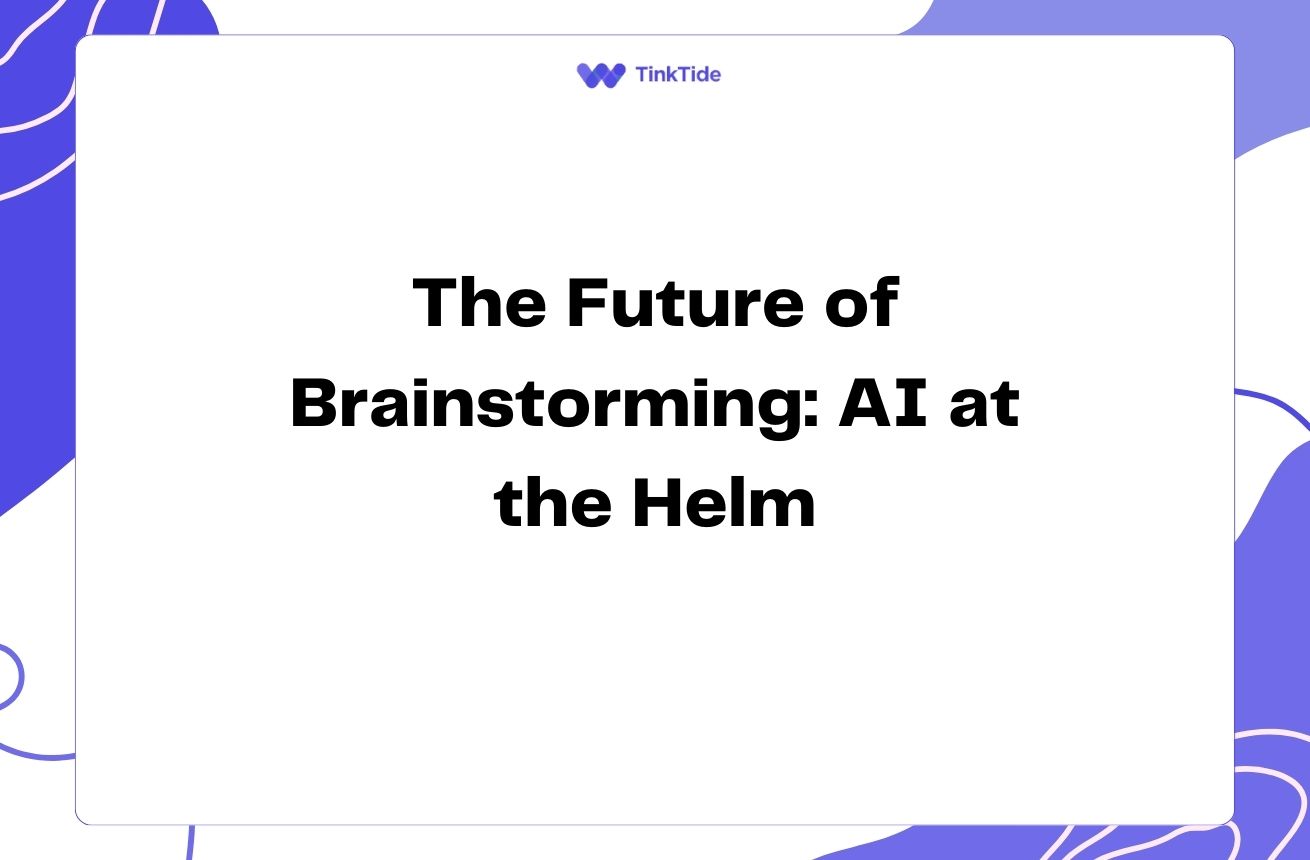Personalize Marketing: Boost Customer Experience & Engagement
The Power of Personalized Marketing
In today's digital age, personalized marketing has become a game-changer for businesses looking to stand out in a crowded marketplace. By tailoring your marketing efforts to individual customers, you can create more meaningful connections, enhance the overall customer experience, and significantly boost engagement rates.
Personalized marketing goes beyond simply addressing customers by name. It involves using data and technology to deliver highly relevant content, product recommendations, and offers to each customer based on their preferences, behaviors, and past interactions with your brand.
According to a study by Epsilon, 80% of consumers are more likely to make a purchase when brands offer personalized experiences. This statistic alone highlights the immense potential of personalization in driving business growth and customer loyalty.
Key Techniques for Personalizing Your Marketing Efforts
To help you harness the power of personalization, here are some effective techniques you can implement in your marketing strategy:
- Collect and analyze customer data
- Implement dynamic content
- Utilize AI and machine learning
- Personalize email marketing campaigns
- Offer tailored product recommendations
- Create personalized landing pages
- Use behavioral triggers
Collect and Analyze Customer Data
The foundation of any successful personalization strategy is high-quality customer data. Start by collecting relevant information about your customers through various touchpoints, such as website interactions, purchase history, social media engagement, and customer surveys.
Use tools like Google Analytics or customer data platforms (CDPs) to centralize and analyze this data. Look for patterns, preferences, and behaviors that can inform your personalization efforts.
Remember to always prioritize data privacy and comply with regulations like GDPR and CCPA. Be transparent about your data collection practices and give customers control over their information.
Implement Dynamic Content
Dynamic content allows you to display different content to different users based on their characteristics or behaviors. This can be applied to your website, emails, and even ads.
For example, you can show different homepage banners to new visitors versus returning customers, or display product recommendations based on a user's browsing history. Tools like Optimizely or Dynamic Yield can help you implement dynamic content across your digital properties.
By serving relevant content to each user, you can significantly improve their experience and increase the likelihood of conversion.
Utilize AI and Machine Learning
Artificial Intelligence (AI) and machine learning technologies have revolutionized personalization in marketing. These tools can analyze vast amounts of data to predict customer preferences and behaviors, allowing for hyper-personalized experiences at scale.
AI-powered chatbots, like those offered by Intercom, can provide personalized customer support 24/7. Machine learning algorithms can also optimize email send times, recommend products, and even generate personalized content.
While implementing AI may seem daunting, many marketing platforms now offer built-in AI capabilities that are user-friendly and don't require extensive technical knowledge.
Personalize Email Marketing Campaigns
Email remains one of the most effective channels for personalized marketing. Go beyond using the recipient's name and tailor the content, offers, and even the timing of your emails based on individual preferences and behaviors.
Use segmentation to group customers with similar characteristics and create targeted campaigns for each segment. Tools like Mailchimp or Klaviyo offer advanced segmentation and personalization features for email marketing.
Consider implementing triggered emails based on specific actions, such as abandoned cart reminders or post-purchase follow-ups. These timely, relevant messages can significantly boost engagement and conversions.
Offer Tailored Product Recommendations
Personalized product recommendations can greatly enhance the customer experience and increase average order value. Use data on past purchases, browsing history, and similar customer profiles to suggest relevant products.
Implement recommendation engines on your website, in emails, and even in-store if you have physical locations. E-commerce giants like Amazon have set the bar high for personalized recommendations, but tools like Barilliance can help smaller businesses achieve similar results.
Don't forget to continually test and refine your recommendation algorithms to ensure they're providing value to your customers and driving results for your business.
Create Personalized Landing Pages
Landing pages are crucial for converting traffic into leads or customers. By personalizing these pages based on the visitor's source, demographics, or past interactions, you can significantly increase conversion rates.
Use dynamic content to adjust headlines, images, and offers based on the visitor's characteristics. For example, a B2B company might show different case studies to visitors from different industries.
Tools like Unbounce or Instapage offer easy-to-use platforms for creating and testing personalized landing pages without extensive coding knowledge.
Use Behavioral Triggers
Behavioral triggers allow you to send personalized messages or offers based on specific actions a customer takes (or doesn't take). This real-time personalization can significantly improve engagement and conversion rates.
For example, you might send a special offer to a customer who has viewed a particular product multiple times but hasn't made a purchase. Or, you could trigger a re-engagement campaign for customers who haven't interacted with your brand in a while.
Marketing automation platforms like HubSpot or Marketo offer robust capabilities for setting up and managing behavioral triggers across various channels.
Address common questions
Here are some frequently asked questions about personalizing marketing efforts:
How do I start personalizing my marketing if I have limited data?
Start small by collecting basic information like names and email addresses. Use this to personalize email greetings and gradually build more detailed profiles as you gather more data through interactions and surveys.
Is personalization only for online marketing?
No, personalization can be applied to offline marketing as well. For example, you can use customer data to send personalized direct mail or provide tailored in-store experiences based on a customer's purchase history.
How can I measure the success of my personalization efforts?
Track metrics such as engagement rates, conversion rates, average order value, and customer lifetime value. Compare these metrics between personalized and non-personalized campaigns to gauge the impact of your efforts.
Are there any risks associated with personalization?
The main risks involve data privacy and security. Ensure you're compliant with relevant regulations and be transparent about your data practices. Also, be cautious not to over-personalize, as this can sometimes come across as intrusive.
How often should I update my personalization strategies?
Regularly review and update your strategies based on performance data and changing customer preferences. Aim for at least a quarterly review, but be prepared to make adjustments more frequently if needed.
Provide additional resources
The Personalization Playbook
McKinsey's comprehensive guide to implementing personalization at scale
Personalization Statistics
50 stats showing the power of personalization in marketing
Data-Driven Personalization
Harvard Business Review article on leveraging data for personalization
AI in Marketing
MIT research paper on AI-driven personalization in e-commerce
Email Personalization Best Practices
Content Marketing Institute's guide to effective email personalization
Summarize key takeaways
Personalizing your marketing efforts is no longer optional in today's competitive landscape. By leveraging customer data, implementing dynamic content, and utilizing AI and machine learning, you can create highly targeted and engaging experiences for your customers.
Remember that personalization is an ongoing process. Continuously collect and analyze data, test different approaches, and refine your strategies based on the results. Always prioritize providing value to your customers and respecting their privacy.
Start implementing these personalization techniques today to enhance your customer experience, increase engagement, and ultimately drive growth for your business. The future of marketing is personal – make sure you're not left behind.
Take Your Marketing Personalization to the Next Level
Discover how our AI-powered platform can help you deliver hyper-personalized experiences to your customers.
Start Your Free Trial

